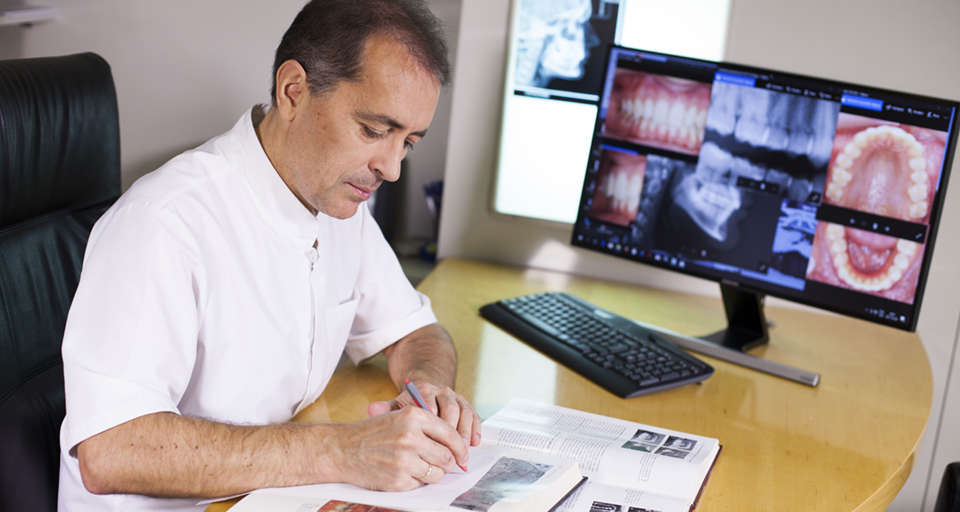Cessation of facial growth in subjects with short, average, and long facial types – Implications for the timing of implant placement.
Written by admin on December 8, 2015
J Craniomaxillofac Surg. 2015 Dec;43(10):2106-11. doi: 10.1016/j.jcms.2015.10.013. Epub 2015 Oct 23.
Aarts BE(1), Convens J(1), Bronkhorst EM(2), Kuijpers-Jagtman AM(1), Fudalej
PS(3).
Author information:
(1)Department of Orthodontics and Craniofacial Biology, Radboud University
Nijmegen Medical Centre, Nijmegen, The Netherlands.
(2)Department of Community and Restorative Dentistry, Radboud University
Nijmegen Medical Centre, Nijmegen, The Netherlands.
(3)Department of Orthodontics and Dentofacial Orthopedics, University of Bern,
Bern, Switzerland; Department of Orthodontics, Palacky University Olomouc,
Olomouc, Czech Republic. Electronic address: piotr.fudalej@zmk.unibe.ch.
Placement of a single-tooth implant should be performed when a patient’s facial
growth has ceased. In this retrospective observational study, we evaluated if
there was a difference in the timing of cessation of craniofacial growth in
short, average, and long facial types. Based on the value of the angle between
cranial base and mandibular plane (SN/MP angle), three groups comprising 48
subjects with short facial type (SF; SN/MP ≤28°), 77 with average facial type
(AF; SN/MP ≥31.5° and ≤34.5°), and 44 with long facial type (LF; SN/MP ≥38°)
were selected. Facial growth was assessed on lateral cephalograms taken at 15.4
years of age, and 2, 5, and 10 years later. Variables were considered to be
stable when the difference between two successive measurements was less than
1 mm or 1°. We found no difference between facial types in the timing of
cessation of facial growth. Depending on the variable, the mean age when
variables became stable ranged from 18.0 years (Is-Pal in LF group) to 22.0
years (SN/MP in LF group). However, facial growth continued at the last
follow-up in approximately 20% subjects. This study demonstrates that facial
type is not associated with the timing of cessation of facial growth.
Copyright © 2015 European Association for Cranio-Maxillo-Facial Surgery.
Published by Elsevier Ltd. All rights reserved.
DOI: 10.1016/j.jcms.2015.10.013
PMID: 26548528 [Indexed for MEDLINE]




